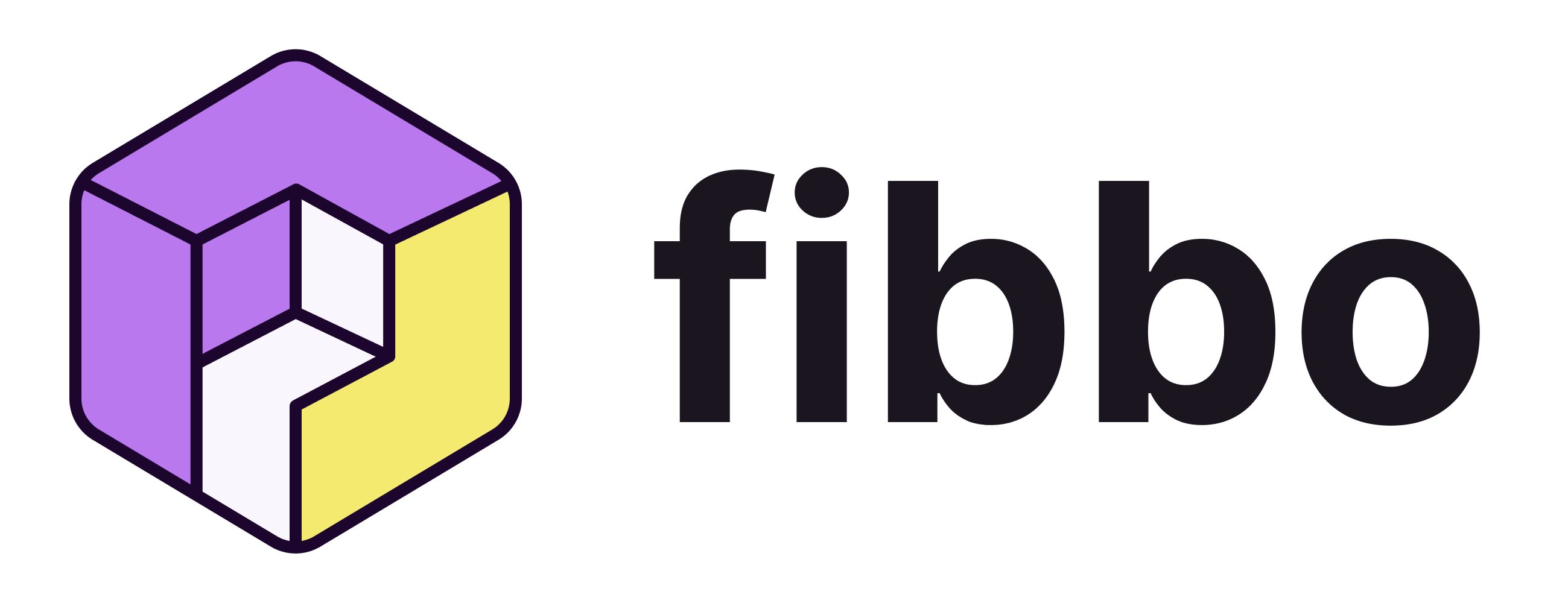Custom controller
You might want to create your own controller to control the character or any other object in the game. This can be useful if you want to have a specific behavior that is not provided by the default controllers.
Here is an example custom controller for a character :
typescript
import RAPIER from '@dimforge/rapier2d'
import { FKeyboard } from '@fibbojs/event'
import { FController, FShapes } from '@fibbojs/2d'
import type { FControllerOptions, FScene } from '@fibbojs/2d'
export interface CustomControllerOptions extends FControllerOptions {
/**
* The speed of the character.
*/
speed?: number
}
/**
* Custom controller
* @category Character
*/
export class CustomController extends FController {
/**
* The inputs that will be used to move the character.
*/
inputs: {
up: boolean
down: boolean
left: boolean
right: boolean
}
/**
* The speed of the character.
*/
speed: number
/**
* The scene where the character is.
*/
scene: FScene
/**
* The y velocity of the character. Used to simulate gravity.
*/
yVelocity: number
/**
* The character controller that will be used to move the character.
*/
characterController: RAPIER.KinematicCharacterController
constructor(scene: FScene, options: CustomControllerOptions) {
super(options)
// Define default values
const DEFAULT_OPTIONS = {
speed: 1,
}
// Apply default options
options = { ...DEFAULT_OPTIONS, ...options }
// Validate options
if (!options.speed)
throw new Error('FibboError: FCharacter requires speed option')
// Store options
this.scene = scene
this.speed = options.speed
// Initialize the y velocity
this.yVelocity = scene.world.gravity.y
// Map of the movements (will be updated by the keyboard)
this.inputs = {
up: false,
down: false,
left: false,
right: false,
}
// Create a keyboard instance
const fKeyboard = new FKeyboard(scene)
// Key down
fKeyboard.onKeyDown('w', () => {
this.inputs.up = true
})
fKeyboard.onKeyDown('s', () => {
this.inputs.down = true
})
fKeyboard.onKeyDown('a', () => {
this.inputs.left = true
})
fKeyboard.onKeyDown('d', () => {
this.inputs.right = true
})
// For AZERTY keyboards
fKeyboard.onKeyDown('z', () => {
this.inputs.up = true
})
fKeyboard.onKeyDown('q', () => {
this.inputs.left = true
})
// Key up
fKeyboard.onKeyUp('w', () => {
this.inputs.up = false
})
fKeyboard.onKeyUp('s', () => {
this.inputs.down = false
})
fKeyboard.onKeyUp('a', () => {
this.inputs.left = false
})
fKeyboard.onKeyUp('d', () => {
this.inputs.right = false
})
// For AZERTY keyboards
fKeyboard.onKeyUp('z', () => {
this.inputs.up = false
})
fKeyboard.onKeyUp('q', () => {
this.inputs.left = false
})
// Jump
fKeyboard.onKeyDown(' ', () => {
this.yVelocity = 10
})
// The gap the controller will leave between the character and its environment
const offset = 0.01
// Create the character controller
this.characterController = scene.world.createCharacterController(offset)
// Initialize the rigidBody
this.component.initRigidBody({
rigidBodyType: RAPIER.RigidBodyType.KinematicPositionBased,
lockRotations: true,
...options,
})
// Initialize a sensor
this.component.initSensor({
shape: FShapes.SQUARE,
scale: { x: 1.1, y: 1.1 },
})
}
/**
* Return the corrected movements for the current frame.
*/
getCorrectedMovements(): { x: number, y: number } {
const movementDirection = new RAPIER.Vector2(0, 0)
// Compute the movement direction
movementDirection.x = this.inputs.left ? -1 : this.inputs.right ? 1 : 0
// Create movement vector
const desiredMovement = {
x: movementDirection.x * 8 * 0.01 * this.speed,
y: this.yVelocity * 0.01,
}
// Compute the desired movement
this.characterController.computeColliderMovement(
this.component.collider?.collider as RAPIER.Collider,
desiredMovement,
RAPIER.QueryFilterFlags.EXCLUDE_SENSORS,
)
// If yVelocity is not 0, apply gravity
if (this.yVelocity > this.scene.world.gravity.y) {
this.yVelocity += this.scene.world.gravity.y * 0.00981 * 4
}
else {
this.yVelocity = this.scene.world.gravity.y
}
// Get the corrected movement
return this.characterController.computedMovement()
}
onFrame(delta: number): void {
// Get the corrected movement
const correctedMovement = this.getCorrectedMovements()
// Apply the movement to the rigidBody
this.component.rigidBody?.rigidBody.setNextKinematicTranslation({
x: this.component.rigidBody.rigidBody.translation().x + correctedMovement.x * delta * this.speed * 64,
y: this.component.rigidBody.rigidBody.translation().y + correctedMovement.y * delta * this.speed * 64,
})
}
}typescript
import { FKeyboard } from '@fibbojs/event'
import RAPIER from '@dimforge/rapier3d'
import * as THREE from 'three'
import type { FControllerOptions, FScene } from '@fibbojs/3d'
import { FController, FShapes } from '@fibbojs/3d'
export interface CustomControllerOptions extends FControllerOptions {
/**
* The speed of the character.
*/
speed?: number
}
/**
* Character controller that will be used to move the character.
* @category Controller
*/
export class CustomController extends FController {
/**
* The inputs that will be used to move the character.
*/
inputs: {
forward: boolean
backward: boolean
left: boolean
right: boolean
}
/**
* The scene where the character is.
*/
scene: FScene
/**
* The speed of the character.
*/
speed: number
/**
* The y velocity of the character. Used to apply gravity.
*/
yVelocity: number
/**
* The character controller that will be used to move the character.
*/
characterController: RAPIER.KinematicCharacterController
constructor(scene: FScene, options: CustomControllerOptions) {
super(options)
// Define default values
const DEFAULT_OPTIONS = {
speed: 1,
}
// Apply default options
options = { ...DEFAULT_OPTIONS, ...options }
// Validate options
if (!options.speed)
throw new Error('FibboError: FCharacter requires speed option')
// Store options
this.scene = scene
this.speed = options.speed
// Set the default yVelocity
this.yVelocity = scene.world.gravity.y
// Map of the movements (will be updated by the keyboard)
this.inputs = {
forward: false,
backward: false,
left: false,
right: false,
}
// Create a keyboard instance
const fKeyboard = new FKeyboard(scene)
// Key down
fKeyboard.onKeyDown('w', () => {
this.inputs.forward = true
})
fKeyboard.onKeyDown('s', () => {
this.inputs.backward = true
})
fKeyboard.onKeyDown('a', () => {
this.inputs.left = true
})
fKeyboard.onKeyDown('d', () => {
this.inputs.right = true
})
// For AZERTY keyboards
fKeyboard.onKeyDown('z', () => {
this.inputs.forward = true
})
fKeyboard.onKeyDown('q', () => {
this.inputs.left = true
})
// Key up
fKeyboard.onKeyUp('w', () => {
this.inputs.forward = false
})
fKeyboard.onKeyUp('s', () => {
this.inputs.backward = false
})
fKeyboard.onKeyUp('a', () => {
this.inputs.left = false
})
fKeyboard.onKeyUp('d', () => {
this.inputs.right = false
})
// For AZERTY keyboards
fKeyboard.onKeyUp('z', () => {
this.inputs.forward = false
})
fKeyboard.onKeyUp('q', () => {
this.inputs.left = false
})
// Jump
fKeyboard.onKeyDown(' ', () => {
this.yVelocity = 10
})
// The gap the controller will leave between the character and its environment
const offset = 0.01
// Create the character controller
this.characterController = scene.world.createCharacterController(offset)
// Configure autostep
this.characterController.enableAutostep(0.5, 0.1, true)
// Initialize a sensor
this.component.initSensor({
shape: FShapes.CAPSULE,
scale: { x: 1.1, y: 1.1, z: 1.1 },
})
// Initialize the rigidBody
this.component.initRigidBody({
rigidBodyType: RAPIER.RigidBodyType.KinematicPositionBased,
...options,
})
}
/**
* Return the corrected movements for the current frame.
*/
getCorrectedMovements(): { x: number, y: number, z: number } {
let worldDirection = new THREE.Vector3(0, 0, 0)
// Compute the movement direction
worldDirection.x = this.inputs.left ? 1 : this.inputs.right ? -1 : 0
worldDirection.z = this.inputs.forward ? 1 : this.inputs.backward ? -1 : 0
// Normalize the movement direction
worldDirection = worldDirection.normalize()
// Apply the camera direction to the movement direction
const cameraDirection = this.scene.camera.getCameraDirection()
worldDirection.applyAxisAngle(new THREE.Vector3(0, 1, 0), Math.atan2(cameraDirection.x, cameraDirection.z))
// Create movement vector
const desiredMovement = {
x: worldDirection.x * 8 * 0.01,
y: this.yVelocity * 0.01,
z: worldDirection.z * 8 * 0.01,
}
// Compute the desired movement
this.characterController.computeColliderMovement(
this.component.collider?.collider as RAPIER.Collider,
desiredMovement,
RAPIER.QueryFilterFlags.EXCLUDE_SENSORS,
)
// If yVelocity is not 0, apply gravity
if (this.yVelocity > this.scene.world.gravity.y) {
this.yVelocity += this.scene.world.gravity.y * 0.00981 * 4
}
else {
this.yVelocity = this.scene.world.gravity.y
}
// Return the corrected movement
return this.characterController.computedMovement()
}
/**
* Return the corrected rotation for the current frame.
* Uses the camera so the character nevers faces the camera.
*/
getCorrectedRotation(): RAPIER.Quaternion {
// Get the camera direction
const cameraDirection = this.scene.camera.getCameraDirection()
// Get the angle between the camera direction and the character direction
const angle = Math.atan2(cameraDirection.x, cameraDirection.z)
// Create a THREE quaternion from the corrected rotation
const quaternion = new THREE.Quaternion().setFromEuler(new THREE.Euler(0, angle, 0))
// Return the corrected rotation as a RAPIER quaternion
return new RAPIER.Quaternion(quaternion.x, quaternion.y, quaternion.z, quaternion.w)
}
onFrame(delta: number): void {
/**
* Get the corrected movements for the current frame
*/
const correctedMovement = this.getCorrectedMovements()
// Apply the movement to the rigidBody
this.component.rigidBody?.rigidBody.setNextKinematicTranslation({
x: this.component.rigidBody.rigidBody.translation().x + correctedMovement.x * delta * this.speed * 64,
y: this.component.rigidBody.rigidBody.translation().y + correctedMovement.y * delta * this.speed * 64,
z: this.component.rigidBody.rigidBody.translation().z + correctedMovement.z * delta * this.speed * 64,
})
// If one of the inputs is true, apply the corrected rotation
if (this.inputs.forward || this.inputs.backward || this.inputs.left || this.inputs.right) {
// Apply the rotation to the rigidBody
this.component.rigidBody?.rigidBody.setNextKinematicRotation(this.getCorrectedRotation())
}
}
}
